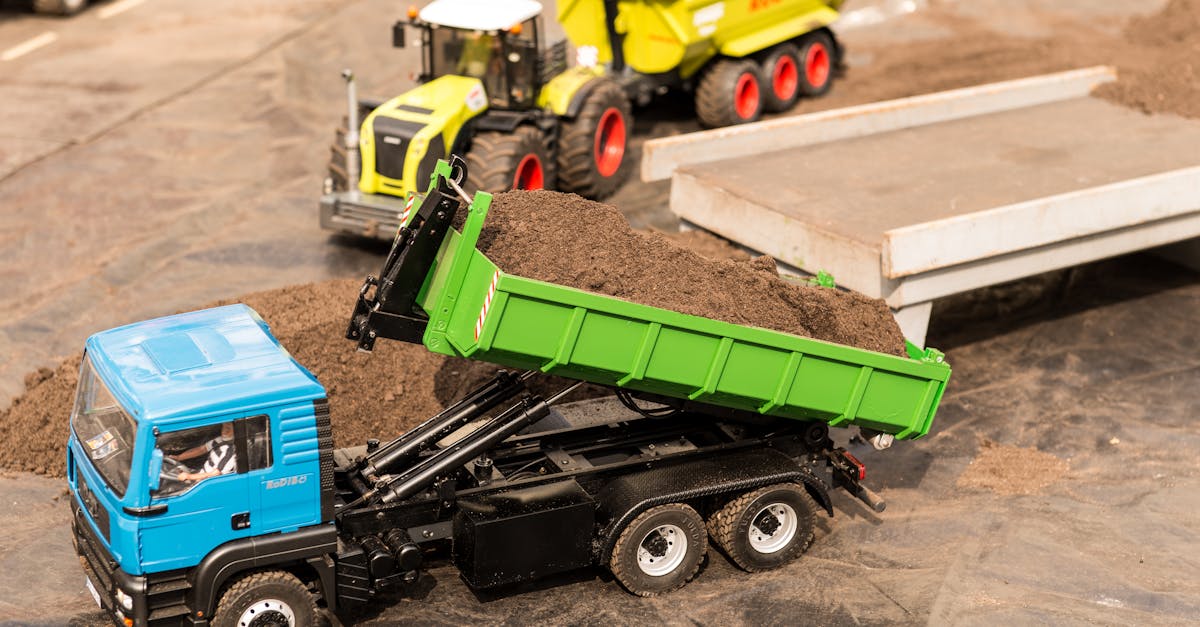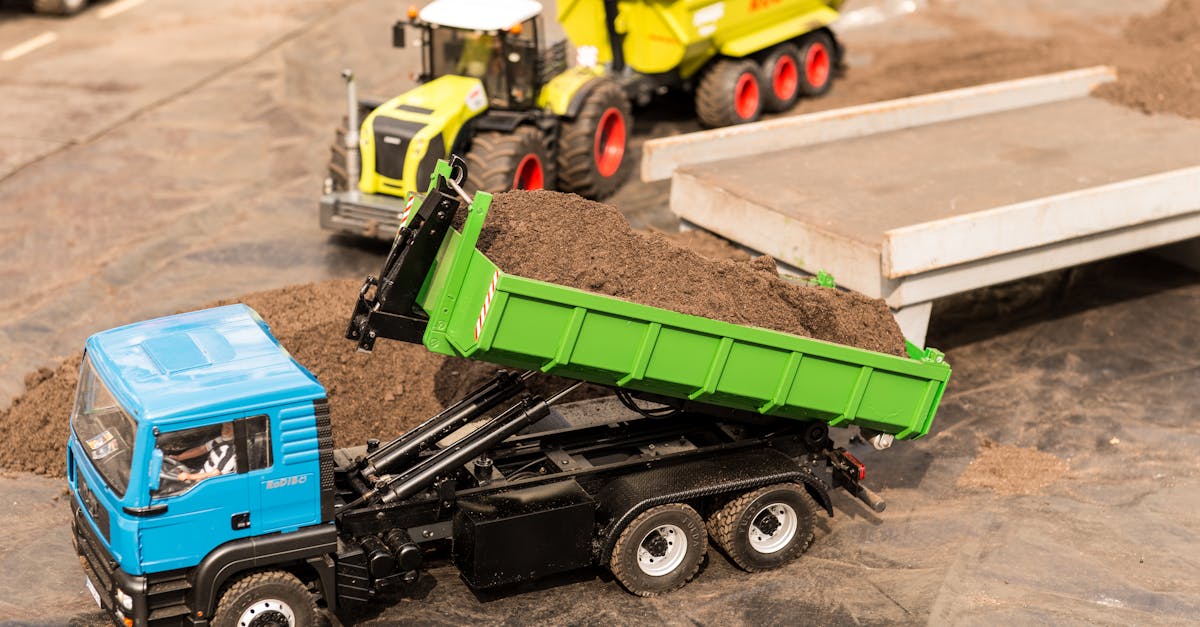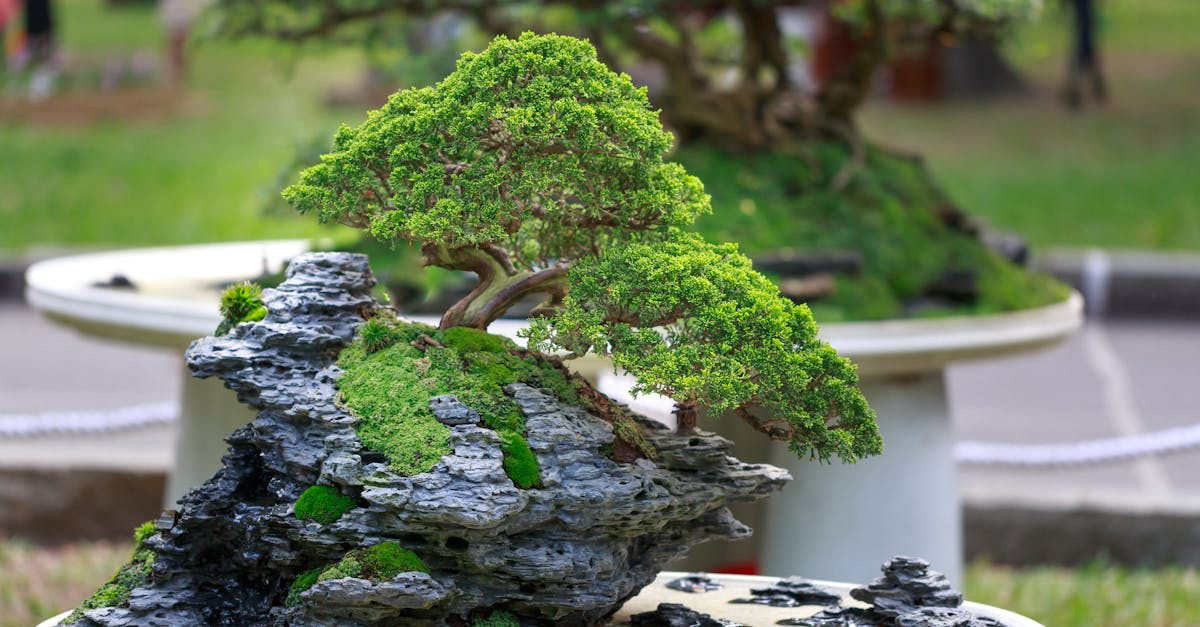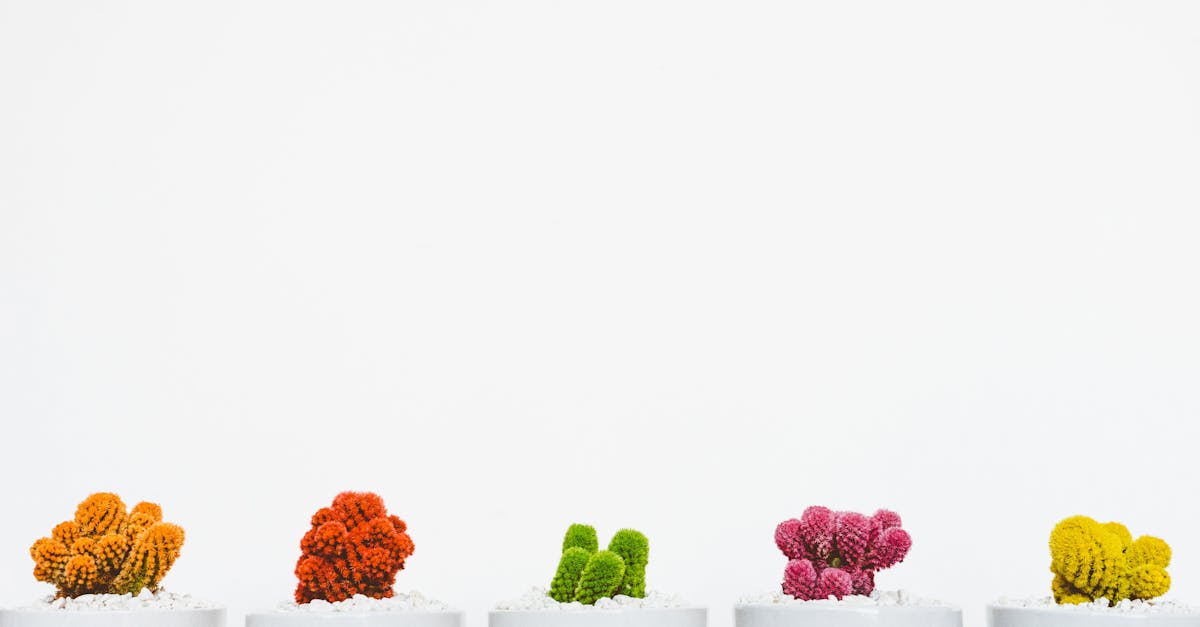Essential Guide to Trimming Dead Branches on Bonsai Trees for Optimal Health and Beauty
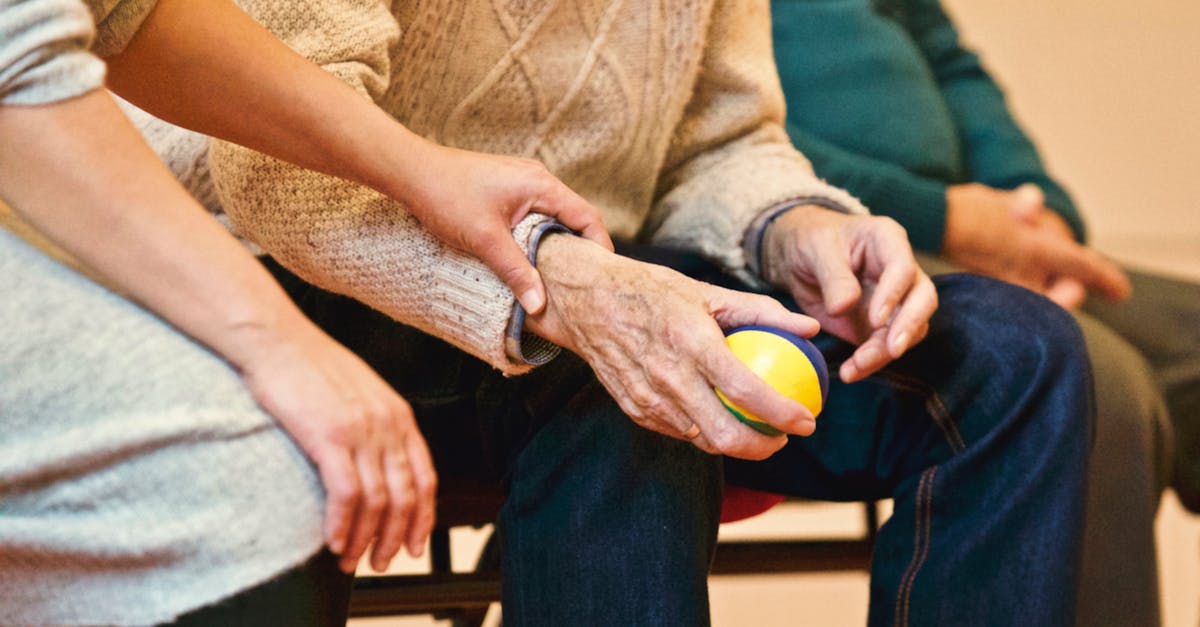
bonsai tree;leaves;branch Keeping your bonsai tree healthy and looking its best involves regular maintenance, including the removal of dead branches. Dead branches can detract from the overall appearance of your bonsai, but more importantly, they can also be a source of disease and decay. By removing dead branches, you can help to keep your bonsai healthy and looking its best.
There are several signs that can indicate that a branch is dead. These include discoloration, dryness, and defoliation. If you notice any of these signs on a branch, it is best to remove it as soon as possible.
Pruning shears and concave cutters are the two most essential tools for trimming dead branches. Pruning shears are used to cut small branches, while concave cutters are used to cut larger branches. It is important to use the correct tool for the job, as using the wrong tool can damage your bonsai.
Once you have the right tools, you can begin to trim the dead branches. Start by cutting the branch at a 45-degree angle, about 1/4 inch from the trunk. Be sure to cut cleanly, as a ragged cut can damage the tree.
After you have removed all of the dead branches, it is important to take some time to care for your bonsai. This includes watering it deeply and fertilizing it. You should also keep an eye on the tree for any signs of infection. If you notice any signs of infection, it is important to treat it immediately.
1. Identifying Dead Branches
Identifying Dead Branches
Prior to pruning, it is important to accurately identify dead branches. This will help you to avoid removing healthy branches, which can damage your bonsai tree. There are several signs that can indicate that a branch is dead. These include:
- Discoloration: Dead branches will often be a different color than healthy branches. This is because they are no longer able to produce chlorophyll, the green pigment that gives plants their color.
- Dryness: Dead branches will also be dry and brittle. This is because they are no longer able to absorb water and nutrients from the tree.
- Defoliation: Dead branches will often be defoliated, meaning that they have lost their leaves. This is because the leaves are no longer able to receive water and nutrients from the tree.
If you notice any of these signs on a branch, it is best to remove it as soon as possible. Removing dead branches will help to keep your bonsai tree healthy and looking its best.
Here are some additional tips for identifying dead branches:
- Scratch the bark: If the bark is dry and crumbly, the branch is likely dead.
- Bend the branch: If the branch snaps easily, it is likely dead.
- Look for insects: Dead branches are often infested with insects. If you see any insects on a branch, it is best to remove it.
Once you have identified the dead branches on your bonsai tree, you can begin to remove them. Be sure to use sharp pruning shears and to cut the branches at a 45-degree angle.
2. Choosing the Right Tools
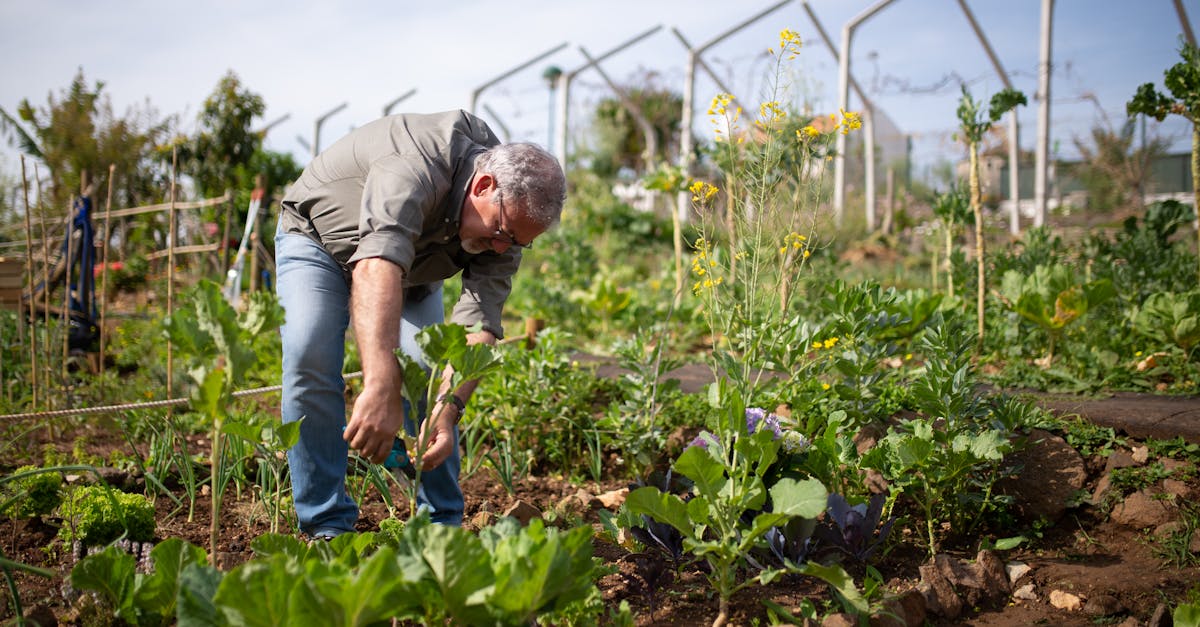
Choosing the Right Tools
The two most essential tools for trimming dead branches are pruning shears and concave cutters. Pruning shears are used to cut small branches, while concave cutters are used to cut larger branches. It is important to use the correct tool for the job, as using the wrong tool can damage your bonsai tree.
Pruning Shears
Pruning shears are small, handheld shears that are used to cut branches that are up to 1/2 inch in diameter. They have sharp, pointed blades that are designed to make clean cuts. Pruning shears are available in a variety of sizes and styles, so you can choose the ones that are most comfortable for you to use.
Concave Cutters
Concave cutters are larger than pruning shears and have a curved blade that is designed to cut branches that are up to 1 inch in diameter. The curved blade helps to prevent the bark from tearing when you cut the branch. Concave cutters are also available in a variety of sizes and styles, so you can choose the ones that are most comfortable for you to use.
How to Use Pruning Shears and Concave Cutters
When using pruning shears or concave cutters, it is important to make clean cuts. This will help to prevent the tree from becoming infected. To make a clean cut, follow these steps:
- Position the blades of the shears or cutters around the branch that you want to cut.
- Squeeze the handles of the shears or cutters to make a clean cut.
- Remove the cut branch from the tree.
It is also important to keep your pruning shears and concave cutters sharp. This will help to ensure that you make clean cuts and that you do not damage your bonsai tree.
3. Step-by-Step Trimming Technique
Step-by-Step Trimming Technique
Once you have chosen the right tools, you can begin to trim the dead branches. Follow these steps to safely remove dead branches and support your bonsai’s health:
-
Identify the dead branches: Before you begin trimming, it is important to identify which branches are dead. Dead branches are typically dry, brittle, and may have lost their leaves.
-
Choose the correct tool: Use pruning shears to cut small branches (up to 1/2 inch in diameter) and concave cutters to cut larger branches (up to 1 inch in diameter).
-
Position the tool: Place the blades of the pruning shears or concave cutters around the branch that you want to cut. Be sure to position the blades close to the trunk of the tree.
-
Cut the branch: Squeeze the handles of the pruning shears or concave cutters to make a clean cut. Be careful not to cut into the trunk of the tree.
-
Remove the cut branch: Once you have cut the branch, remove it from the tree.
-
Seal the wound: After you have removed the dead branch, it is important to seal the wound. This will help to prevent the tree from becoming infected. You can seal the wound with a pruning sealer or with grafting wax.
-
Clean your tools: After you have finished trimming the dead branches, it is important to clean your tools. This will help to prevent the spread of disease. You can clean your tools with rubbing alcohol or with a disinfectant.
Tips for Trimming Different Branch Sizes:
- Small branches: Small branches can be cut with pruning shears. Be sure to cut the branch at a 45-degree angle, about 1/4 inch from the trunk.
- Large branches: Large branches should be cut with concave cutters. Be sure to cut the branch at a 45-degree angle, about 1/2 inch from the trunk.
By following these steps, you can safely remove dead branches from your bonsai tree and support its health.
4. Safety Precautions and Aftercare

Safety Precautions and Aftercare
It is important to take some safety precautions when trimming dead branches from your bonsai tree. These precautions will help to protect you from injury and will also help to prevent the spread of disease.
Safety Precautions
- Wear gloves: When trimming dead branches, it is important to wear gloves. This will help to protect your hands from thorns and other sharp objects.
- Wear protective eyewear: When trimming dead branches, it is also important to wear protective eyewear. This will help to protect your eyes from flying wood chips.
- Sterilize your tools: Before you begin trimming dead branches, it is important to sterilize your tools. This will help to prevent the spread of disease. You can sterilize your tools by dipping them in a solution of 10% bleach and 90% water.
Aftercare
After you have trimmed the dead branches from your bonsai tree, it is important to take some aftercare steps. These steps will help to protect the tree from infection and will also promote healing.
- Treat the wounds: After you have trimmed the dead branches, it is important to treat the wounds. This will help to prevent the tree from becoming infected. You can treat the wounds with a pruning sealer or with grafting wax.
- Protect the tree from infection: After you have treated the wounds, it is important to protect the tree from infection. You can do this by spraying the tree with a fungicide.
- Promote healing: After you have treated the wounds and protected the tree from infection, you can promote healing by fertilizing the tree. You can use a balanced fertilizer that is specifically designed for bonsai trees.
5. Benefits of Trimming Dead Branches
Benefits of Trimming Dead Branches
There are many benefits to trimming dead branches from your bonsai tree. These benefits include:
-
Improved health: Removing dead branches will help to improve the health of your bonsai tree. Dead branches can harbor disease and decay, which can spread to other parts of the tree. Removing dead branches will also help to improve air circulation and light penetration, which will promote the growth of new, healthy branches.
-
Increased air circulation and light penetration: Removing dead branches will help to increase air circulation and light penetration throughout the tree. This will help to promote the growth of new, healthy branches and will also help to prevent the spread of disease.
-
Stimulation of new growth: Removing dead branches will help to stimulate the growth of new, healthy branches. This is because the tree will no longer be putting energy into supporting the dead branches, and will instead be able to focus on growing new, healthy branches.
By trimming dead branches from your bonsai tree, you can help to improve its health, increase air circulation and light penetration, and stimulate the growth of new branches. This will help to create a beautiful, balanced bonsai tree that will be a joy to own for many years to come.
Quiz
1. Which of the following is NOT a sign of a dead branch?
- (A) Discoloration
- (B) Dryness
- (C) New growth
- (D) Defoliation
2. Which tool is best for trimming small branches?
- (A) Pruning shears
- (B) Concave cutters
- (C) Saw
- (D) Axe
3. True or False: It is important to sterilize your tools before trimming dead branches.
- (A) True
- (B) False
4. Which of the following is NOT a benefit of trimming dead branches?
- (A) Improved health
- (B) Increased air circulation
- (C) Increased fruit production
- (D) Stimulation of new growth
Answer Key
- C
- A
- A
- C
Quiz
1. Which of the following is NOT a sign of a dead branch?
- (A) Discoloration
- (B) Dryness
- (C) New growth
- (D) Defoliation
Answer: C
2. Which tool is best for trimming small branches?
- (A) Pruning shears
- (B) Concave cutters
- (C) Saw
- (D) Axe
Answer: A
3. True or False: It is important to sterilize your tools before trimming dead branches.
- (A) True
- (B) False
Answer: A
4. Which of the following is NOT a benefit of trimming dead branches?
- (A) Improved health
- (B) Increased air circulation
- (C) Increased fruit production
- (D) Stimulation of new growth
Answer: C


